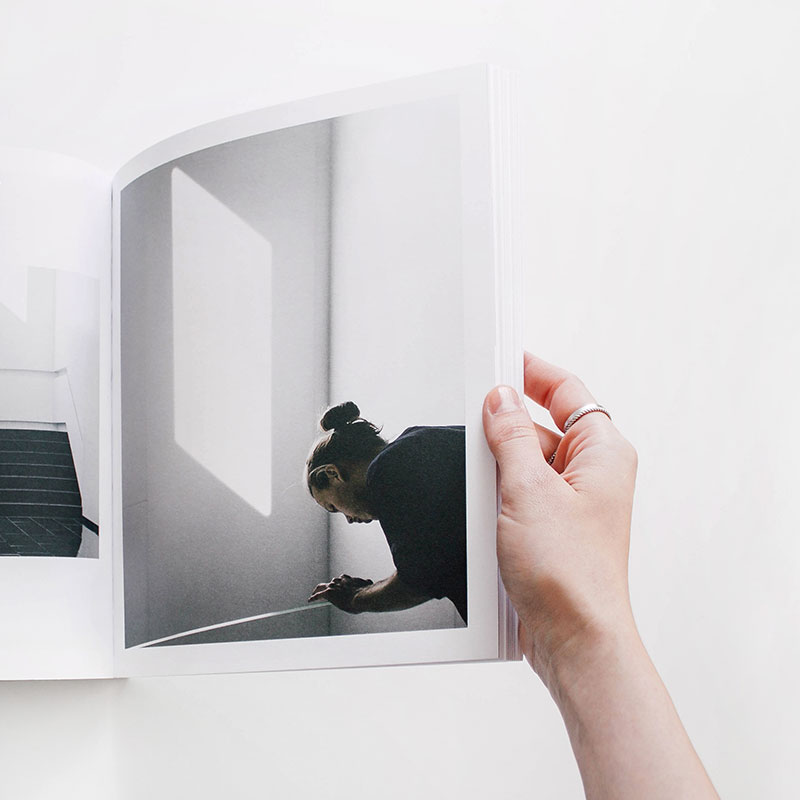Charlie Chaplin in the vernacular modernism of the Polish interwar period
Robert Birkholc
(University of Warsaw)
ORCID: 0000-0002-5192-4997
The full version of this article is available in Polish in the printed version of Tekstualia and in the on-line subscription.
The article attempts to characterize „vernacular modernism” in the Polish culture of the interwar period on the example of the fi gure of Charlie Chaplin, which appears very often in Polish literature of that time. The famous comedian was an idol not only for the writers of popular novels, but also for the Skamandrits and futurist poets. In the interwar period low culture and high culture began to intermix. For the Skamandrits, like Julian Tuwim, Chaplin represented a new model of democratic art, in which the artist became a producer of entertainment. The futurist poets, in turn, saw Chaplin as an archetypal trickster, an anarchist who destroyed the social order and created a modern form of art. For writers like Leo Belmont, Charlie the tramp was a „wise fool”, a poor man who is rejected by the modern society. Chaplin was so useful for the Polish writers because he symbolized both bright and dark sides of modernity
The sample of Polish version of this article is available here: https://tekstualia.pl/pl/numery/zapomnianedwudziestolecie






